Introduction to HONEWELL XL2000B3A
1. Product Description
HONEWELL XL2000B3A is a programmable controller designed for building automation systems. It manages and monitors HVAC (Heating, Ventilation, and Air Conditioning), lighting, and other building services, ensuring efficient energy use and comfortable indoor environments.
With a compact and durable design, it fits easily into control panels and operates reliably in commercial buildings like offices, malls, and hospitals. Its programmability allows customization to specific building needs, making it a versatile choice for smart building management.
2. Product Technical Parameters
- Power Supply: 24V AC/DC, suitable for standard building electrical systems.
- Processor: 32-bit microprocessor for fast data processing and control logic execution.
- Memory: 8MB flash memory for program storage and 2MB RAM for real-time operations.
- I/O Capacity: Supports up to 128 points (expandable via modules), including analog and digital inputs/outputs.
- Communication Protocols: BACnet/IP, Modbus, and LonWorks for integration with building management systems (BMS).
- Operating Temperature: 0°C to 50°C, ideal for indoor control room environments.
- Dimensions: Approximately 150mm x 100mm x 60mm, compact for space-saving installation.
- Weight: Around 300 grams, lightweight for easy handling.
3. Usage Method
- Pre-installation Check: Inspect the controller for damage. Ensure the 24V AC/DC power supply is available and compatible with the system.
- Mounting: Install in a control panel using screws or DIN rail (35mm), ensuring proper ventilation.
- Wiring:
-
- Connect power cables to the designated terminals, checking polarity.
-
- Link sensors (temperature, humidity) and actuators (valves, fans) to I/O terminals based on system design.
-
- Connect communication cables (Ethernet for BACnet/IP) to network ports.
- Programming: Use Honeywell’s EBI (Enterprise Building Integrator) software to configure control logic, set schedules (e.g., HVAC start/stop times), and define alarm thresholds.
- Testing: Power on the system, verify sensor data is read correctly, and check if actuators respond to commands. Test communication with the BMS to ensure data sync.
4. System Introduction
In building automation, XL2000B3A acts as a local controller, bridging field devices and the central BMS to optimize building performance.
- Energy Efficiency: It adjusts HVAC and lighting based on occupancy and ambient conditions (e.g., reducing airflow when rooms are unoccupied), cutting energy costs.
- Centralized Monitoring: Data (temperature, energy usage) is sent to the BMS via communication protocols, allowing operators to monitor and control the building remotely.
- Alarm Management: Triggers alerts for issues like equipment faults or temperature deviations, enabling timely maintenance.
Common applications include office buildings (regulating workspace temperatures), shopping malls (managing zone-based climate control), and hospitals (maintaining critical environment parameters). Its reliability ensures consistent building operations, enhancing comfort and reducing operational costs.

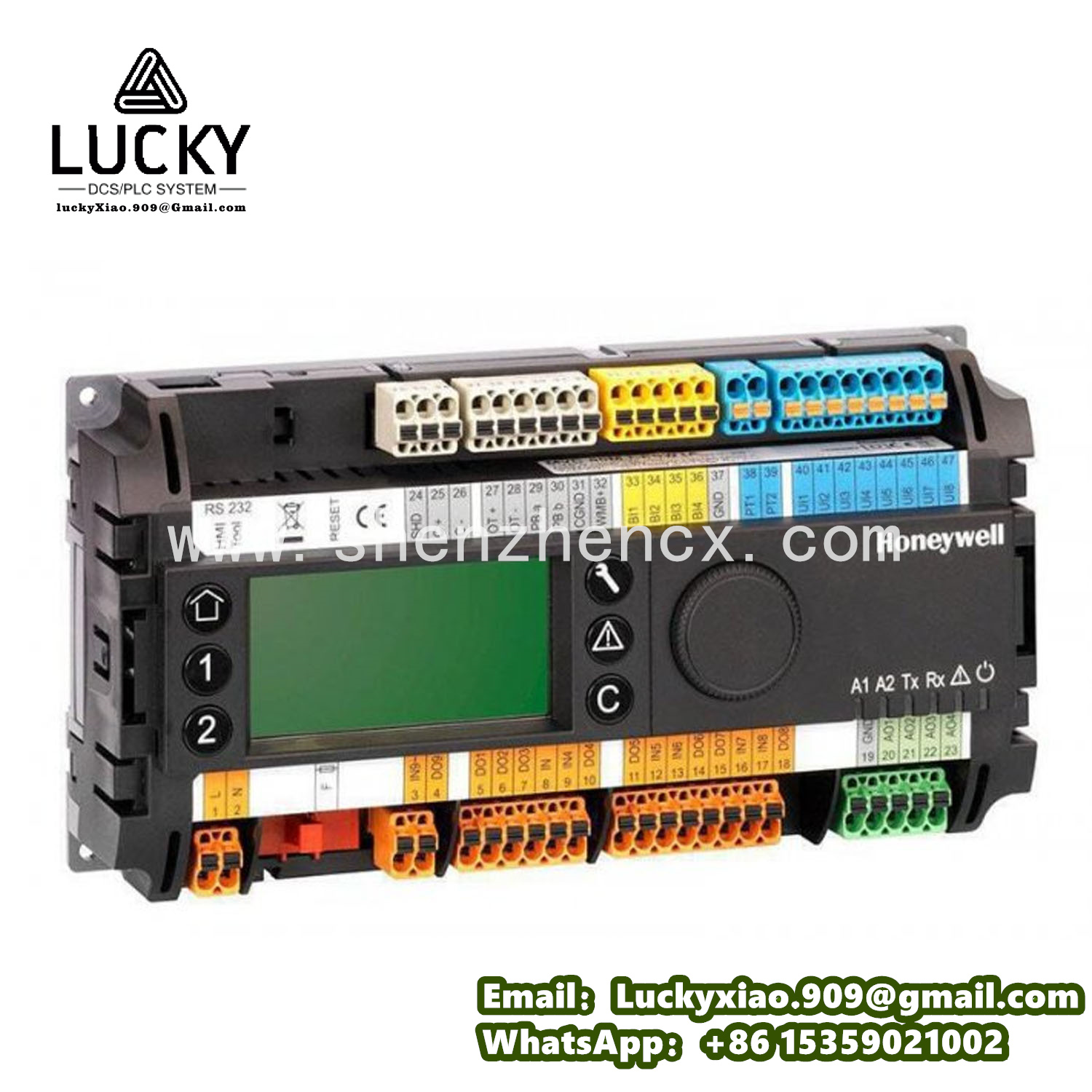
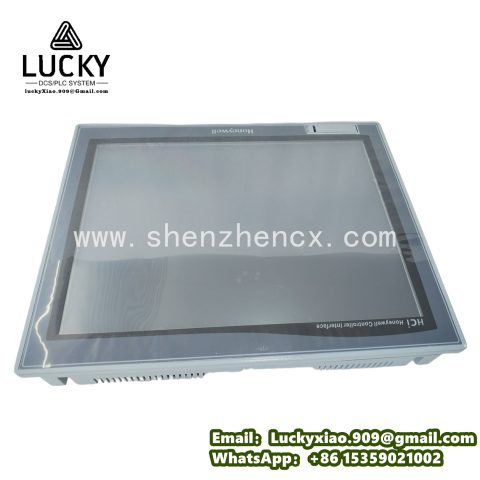
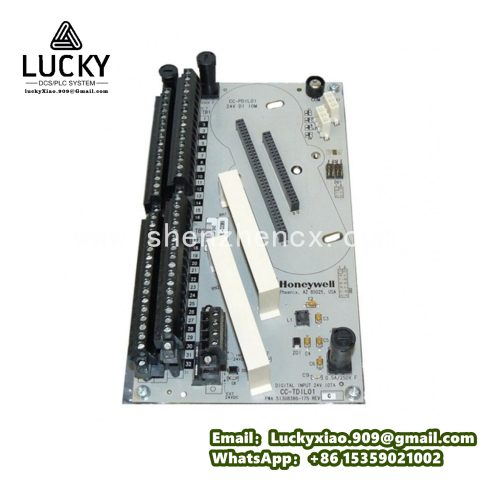
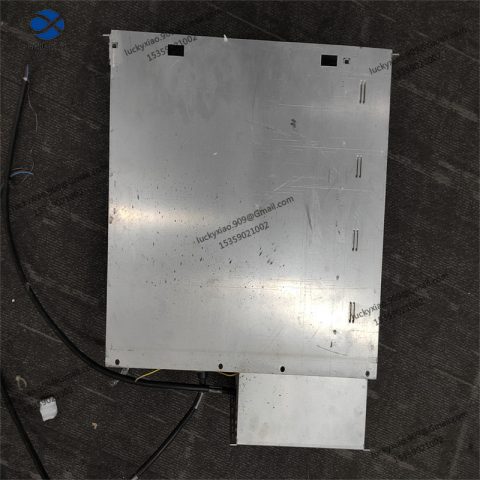
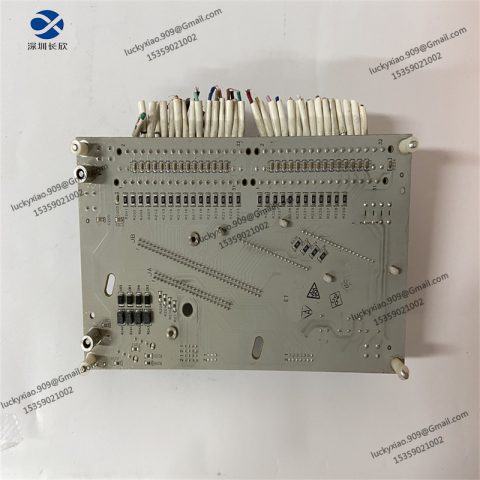
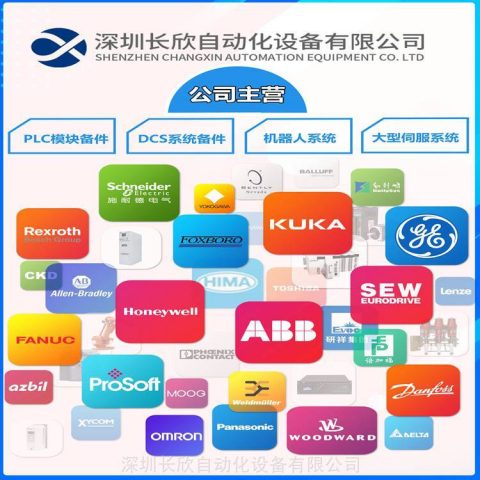
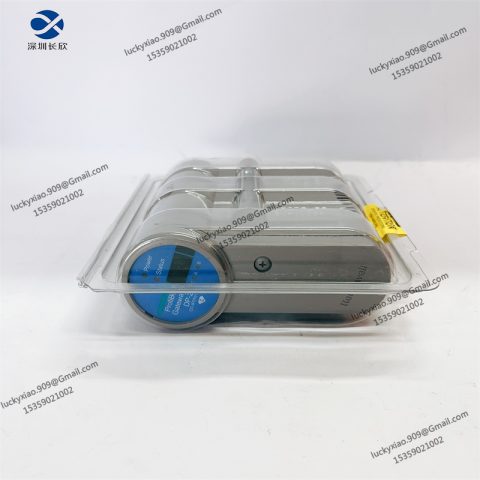

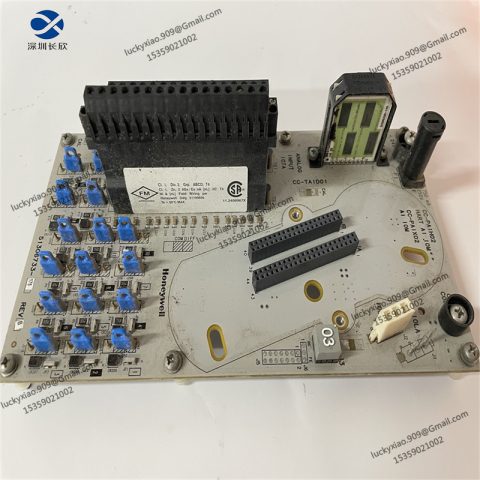
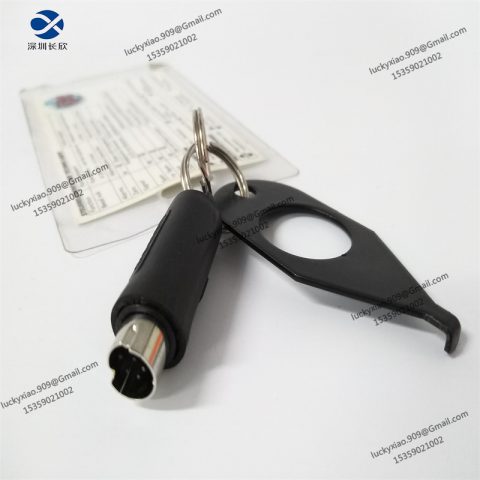
There are no reviews yet.